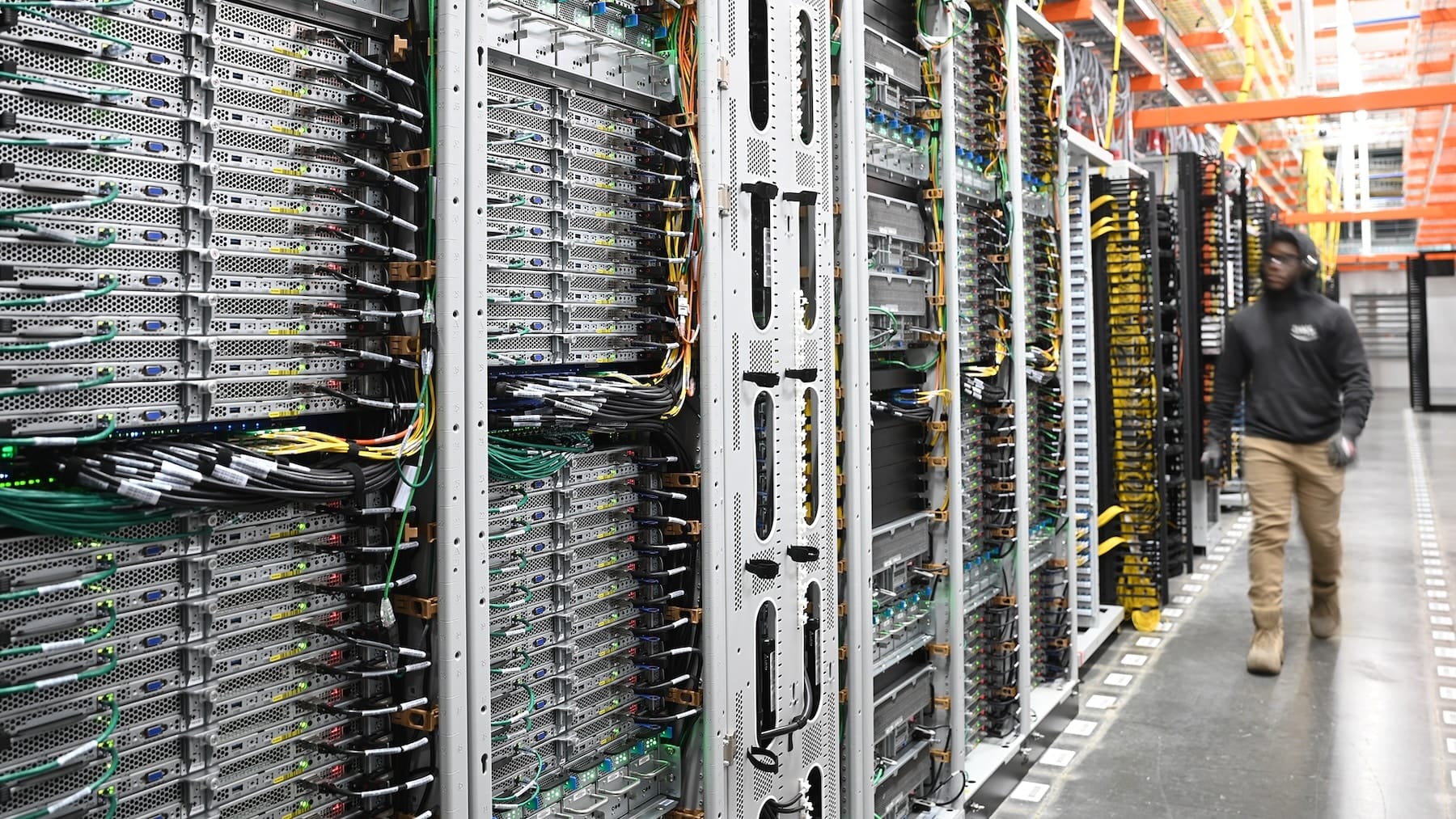Sure! Here’s the translation into American English:
The arrival and expansion of Amazon Web Services (AWS) data centers in Aragón places the community at the epicenter of the technological revolution in Spain. However, the magnitude of this project presents significant energy, environmental, and logistical challenges that will profoundly transform the region over the next decade.
A Massive Energy Consumption
The recent General Interest Plan for Aragón (PIGA) approved by the regional government paves the way for the expansion of AWS data centers in the region. This plan includes the construction of five new facilities that will join the three already operational centers in Villanueva de Gállego, Huesca, and El Burgo de Ebro.
Once fully operational, these centers are expected to consume approximately 10,800 GWh annually, a figure that exceeds the total energy consumption of Aragón in 2023, which was 9,679 GWh, according to Red Eléctrica. In practical terms, this means that Amazon will double the electricity consumption of the autonomous community.
The expansion includes two new centers in Villanueva de Gállego, with estimated consumptions of 756 GWh and 2,775 GWh. In El Burgo de Ebro, the existing facility will triple its consumption to reach 3,279 GWh, while the new center in Huesca will add 2,270 GWh to the total. The magnitude of these numbers has sparked a debate about energy sustainability and compatibility with Aragón’s green transition goals.
Renewable Energy and Sustainability
Aragón is one of the leaders in renewable energy generation in Spain. In 2023, the province of Zaragoza generated 16,145 GWh, of which 60% came from wind and solar sources. However, the capacity for renewable generation does not mean the challenge is less. The enormous increase in demand will require the expansion of electrical substations and the construction of new infrastructure to ensure supply.
AWS has assured that its data centers will operate on 100% renewable electricity since their opening in 2022. Additionally, the company has committed to achieving a positive water consumption footprint by 2030 through the implementation of water recycling systems. However, these sustainability promises have generated skepticism, particularly due to the scale of the resources required for their operations.
The Water Challenge
The water impact is another critical point of the project. It is estimated that the new data centers will require 750,000 m³ of water per year for their cooling systems. Although Amazon claims that this water is reused and returned to the network after use, the increased demand is concerning to municipalities like Villanueva de Gállego, where water consumption could quintuple.
AWS has announced that it will implement an advanced water recycling system by 2027, but until then, the pressure on water resources will be significant. This factor was decisive in the recent cancellation of a similar project in Lleida, underscoring the sensitivity of these infrastructures regarding water access.
An Unprecedented Economic Boost
Despite the challenges, the project promises a historic investment of 15.75 billion euros in Aragón over the next ten years. Of this amount, 3 billion will be allocated to the construction of the new centers between 2026 and 2028. The investment also includes the expansion of fiber optic networks and electrical substations.
AWS estimates the creation of 17,500 jobs annually, of which 40% (6,800) will remain in Aragón. However, it has not been specified how many of these jobs will be direct or indirect, leaving open the question of the actual impact on the local labor market.
Aragón: Between Opportunity and Challenge
The AWS project positions Aragón as a key player in the digital economy of Spain and Europe, consolidating its status as a reference technological hub. However, the environmental and social costs of the project raise crucial questions about sustainability and equity in resource use.
The challenge now for Aragón will be not only to manage the energy and water impact but also to ensure that the economic benefits of the project translate into sustainable development and well-being for its citizens. This balance will be key for the region to lead the digital transformation without compromising its environmental future.

